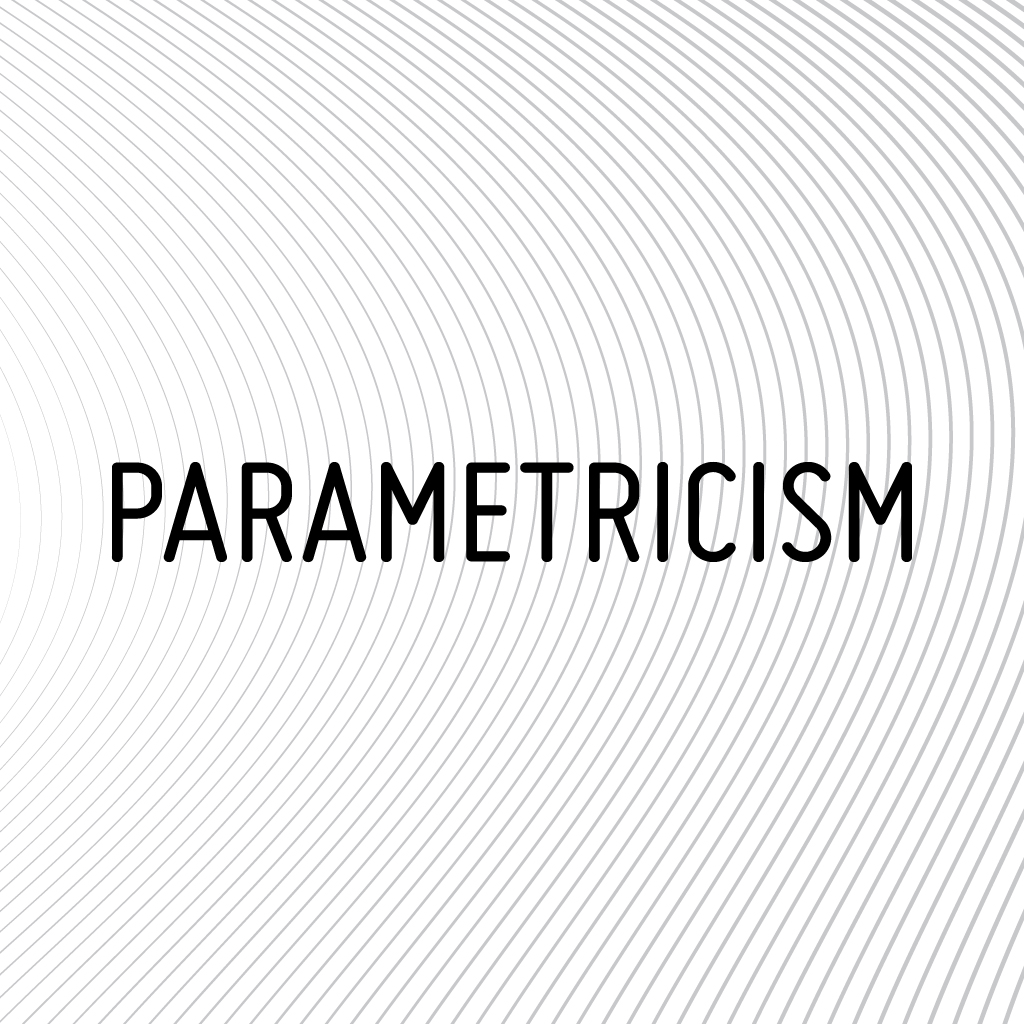Starling is a spatial insight, strategy and design bureau that develops regenerative and lively environments with a net-positive impact on our future. We embrace the beautiful complexity of our planet’s ecosystems and use a systemic approach to sustainability, circularity and nature-inclusiveness. We go well beyond the life cycle of the places we design and aim to foster the cycle of life that flows through them. Therefore, we develop innovative instruments that are inspired on natural principles and allow us to generate a deep understanding of the environment. We utilise these constantly evolving insights to develop strategies and designs that serve people, society, economy and the ecologies in which they reside in harmony.
Vision
We believe in a vital and liveable planet that sustains all the life it harbours and is fostered by the beautiful complexity of nature.
Our existential stability on Earth resides in the variety of life that it harbours in its natural habitats and the dynamic relationships that arise within them. Protecting our planetary boundaries in terms of climate change, biodiversity, land- and resource use is essential for our survival. At the same time, Nature has always been the key enabler of human ingenuity; both presenting its fundamental conditions in the now, as sparking inspiration for the next. With this holistic understanding in mind, we believe in a truly sustainable built environment based on the first principles of nature.
Mission
We strive to create flourishing environments and regenerative ecosystems for future generations.
The overarching mission of Starling is to transition our living environments into a fundamentally net-positive state. These regenerative ecosystems foster net-positive actors that restore, renew, or revitalise the environment. We use systems-thinking to build insight, strategies and designs that present new potentials to not only to eliminate negative impacts, but also to create new sources of social, ecological and economic value.
Values
Spread your Wings!
Like starlings flock through the skies in unison, we are not a single entity but a synergetic collective. We cherish the visions and ambitions of everyone we work with whilst creating the conditions for a common focus and impact.

Starling believes that continued innovation is the key to grow and thrive. Everyone we work with has the freedom to innovate and is encouraged to be bold in their ideas.

Starling is curious is always exploring new processes, ways of thinking, and approaches to solving problems.

Starling is optimistic and believes that this is the only way to create a net-positive future.

Creativity has always been integral to Starling and has helped us create a string of firsts on the edge of what's possible that shape the future of our landscapes.

Starling greatly values transparency and believes in an open workplace, sharing information and collective decision making.

Starling strives to let people feel accepted, valued, and have a sense of belonging. We encourage everyone to be engaged, share ideas quickly and work together easily towards our common goals.
Team
We are a passionate and dynamic organisation that covers all aspects of next generation spatial design and development. We understand that the landscapes of the future are not defined by design alone, and assemble expert teams that combine research, design, business intelligence, and stakeholder engagement into solutions that are both ambitious and feasible.
Partners
Using systems thinking, we work with public and private partners across sectors to advance the frontiers of sustainability and create better futures.
Purpose
Towards Regenerative Ecosystems
Our existential stability on Earth resides in the variety of life that it harbours in its natural habitats and the dynamic relationships that arise within them. Biodiversity is the reason and the prerequisite for natural life, whereas it provides clean water, fertile soil, resource-rich food, the raw materials for housing and a stable climate for all life on earth. These very same dynamics enabled the emergence of cities, through which they give rise to a plethora and crossing of cultures, emotions, ideas, and innovations.
Nature has always been the key enabler of human ingenuity; both presenting its fundamental conditions in the now, as sparking inspiration for the next. In turn and paradox, industrial evolution has led to a disconnect and degenerative relationship with nature. If we continue this patch, we will deplete essential resources beyond replenishment, destroy ecosystems on a massive scale beyond repair, and as such irreversibly destabilize the natural realm that sustains us.
Within the common realisation of this existential urgency in the last two decades of the 20th Century, we coined our own definition of sustainability. A regained environmental awareness through which we envisioned practices that reduce waste and pollution. In the first two decades of the 21st Century we further developed this into net-zero processes along circular lines of thought. Today, almost all new buildings in our urban environments employ environmentally responsible systems and strategies to lower their negative impact on our planet.
Although we are indeed steadily slowing the rate of destruction, we are yet to regain resources and repair ecosystems once lost. Instead of shifting responsibility to future generations, the time is now to truly create a future-proof built environment, based on net-positive principles and regenerative strategies.
The goal of regenerative design is to create net-positive actors that restore, renew, or revitalise the environment. This requires an ecological perspective on the world, in which there is a shift in focus from objects to relationships. Rather than only design the life cycle of an object, we need to design the cycle of life that flows through an object. Buildings must not only constitute an intrinsic socioeconomic value, but actively contribute to the ecosystem services in their surroundings. Materials cannot merely be circular or biobased but must in themselves be alive to catalyse a net-positive dynamic.
Within such living design systems, in contrast to the modernist approach, a single component is never discreet, and can never be seen as independent. Regenerative design rather implies a multi-scalar approach based on Micro-Meso-Macro systems thinking, which embodies biodiversity through Meta-interdependence. A single intervention or action is always negotiated through levels of scale in order for the whole to be able to operate; to life. The design and development of the built environment will therefore increasingly become scale-agnostic. If one designs a façade component on a meso-level, one must also consider the molecules that constitute it and the building it constitutes.
Now, our technological advent is such that we indeed can design on these different levels of scale in symbiosis. The domain of the meta-designer is to bend once linear processes into spiralling crossovers between emerging technology disciplines. It is in this very endeavour that regenerative design becomes a driver for innovation and a true symbiotic co-evolution of nature and technology can one again be found.








